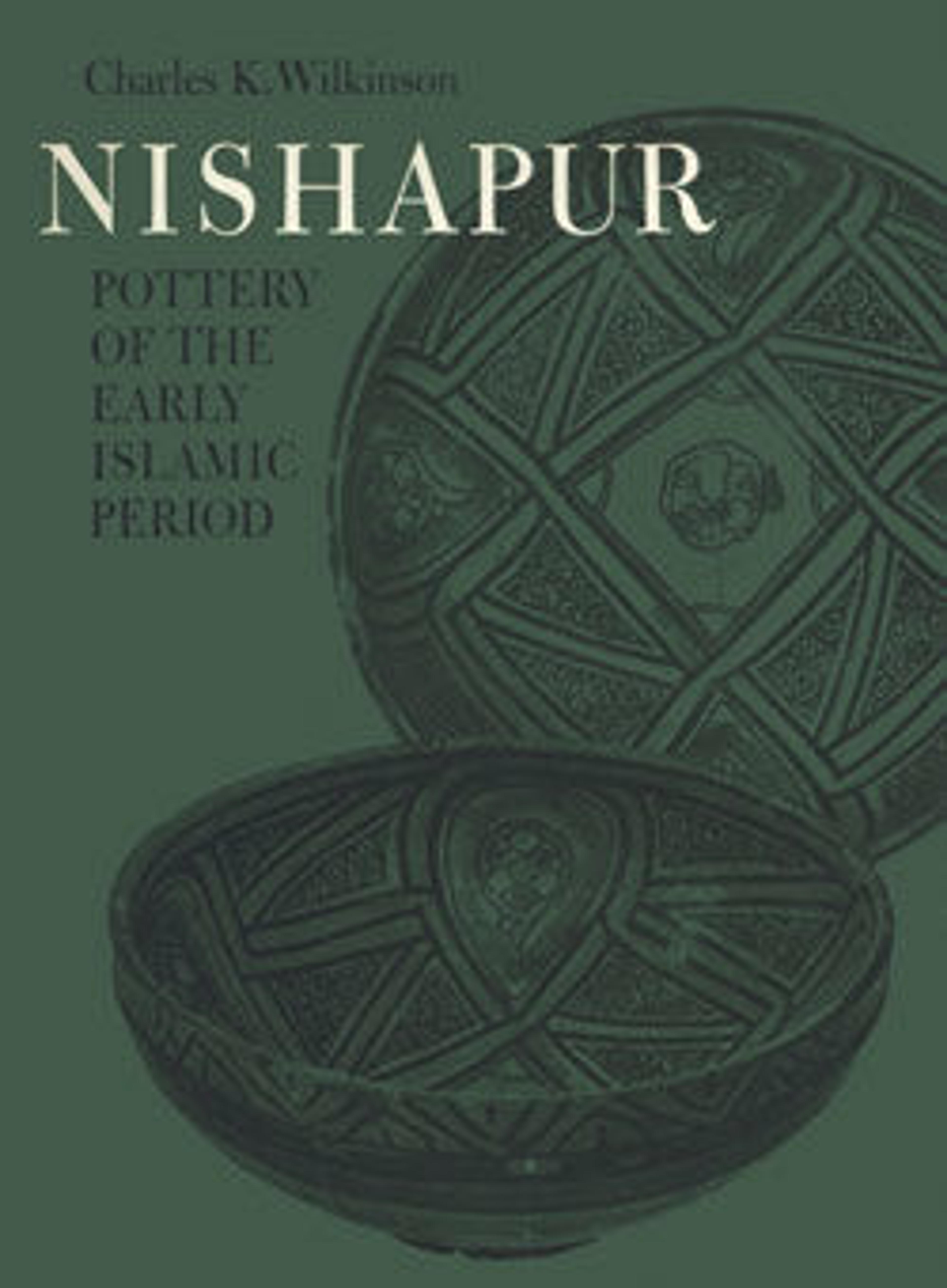Ewer
While this small earthenware ewer excavated from Nishapur is less colorful than the famous glazed ceramics found at the same site, it is no less vibrant in terms of its decorative program. Most of the preserved surface is covered with registers containing repeat patterns, each one different from the others. In the central register, birds and seated men alternate with large tear-drop shapes, all on a stippled ground. These patterns were made by hemispherical molds in which the body of this vessel was cast. The use of molds not only enabled Nishapur’s potters to easily make intricate surface decorations, but the technique also produced motifs that stood out in relief, creating a surface texture similar to cast or hammered metalwork.
Artwork Details
- Title: Ewer
- Date: 12th–13th century
- Geography: Excavated in Iran, Nishapur
- Medium: Earthenware; molded decoration, unglazed
- Dimensions: H. 6 5/8 in. (16.9 cm)
Diam. 6 7/16 in. (16.3 cm) - Classification: Ceramics
- Credit Line: Rogers Fund, 1936
- Object Number: 36.20.7
- Curatorial Department: Islamic Art
More Artwork
Research Resources
The Met provides unparalleled resources for research and welcomes an international community of students and scholars. The Met's Open Access API is where creators and researchers can connect to the The Met collection. Open Access data and public domain images are available for unrestricted commercial and noncommercial use without permission or fee.
To request images under copyright and other restrictions, please use this Image Request form.
Feedback
We continue to research and examine historical and cultural context for objects in The Met collection. If you have comments or questions about this object record, please contact us using the form below. The Museum looks forward to receiving your comments.
